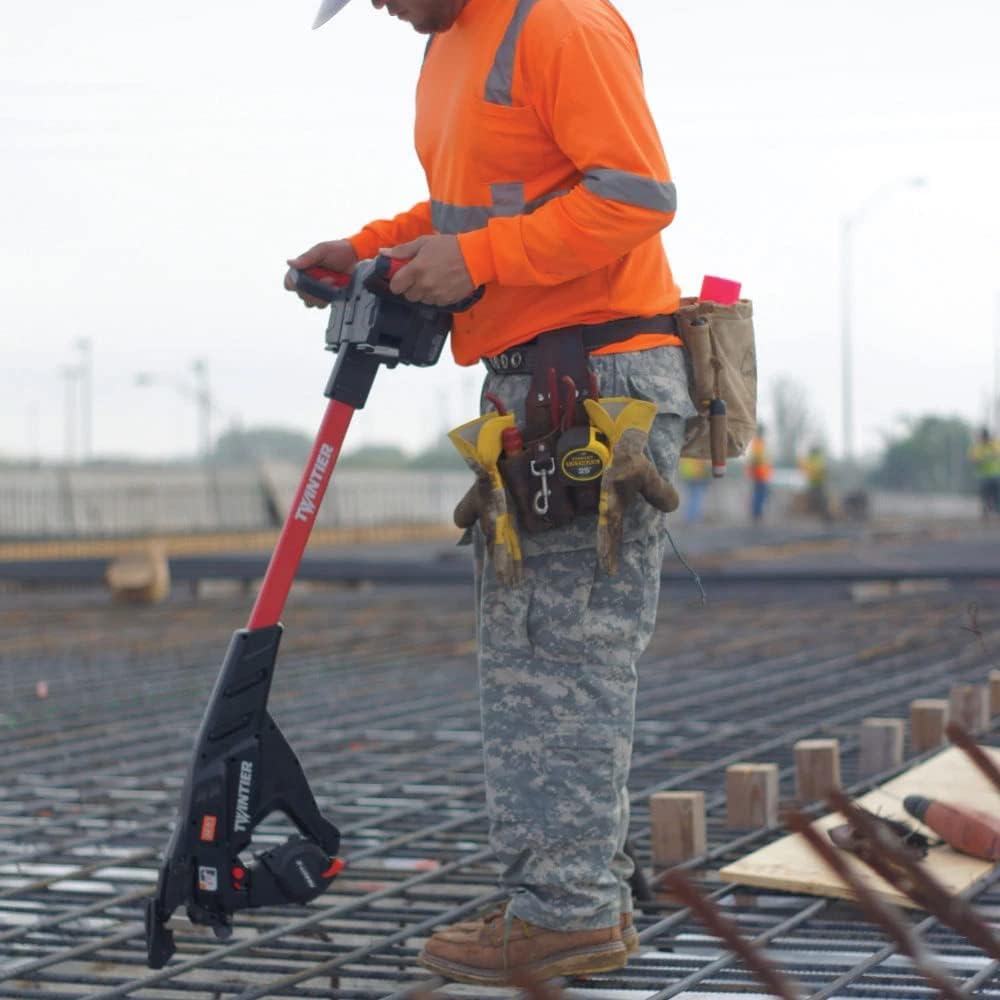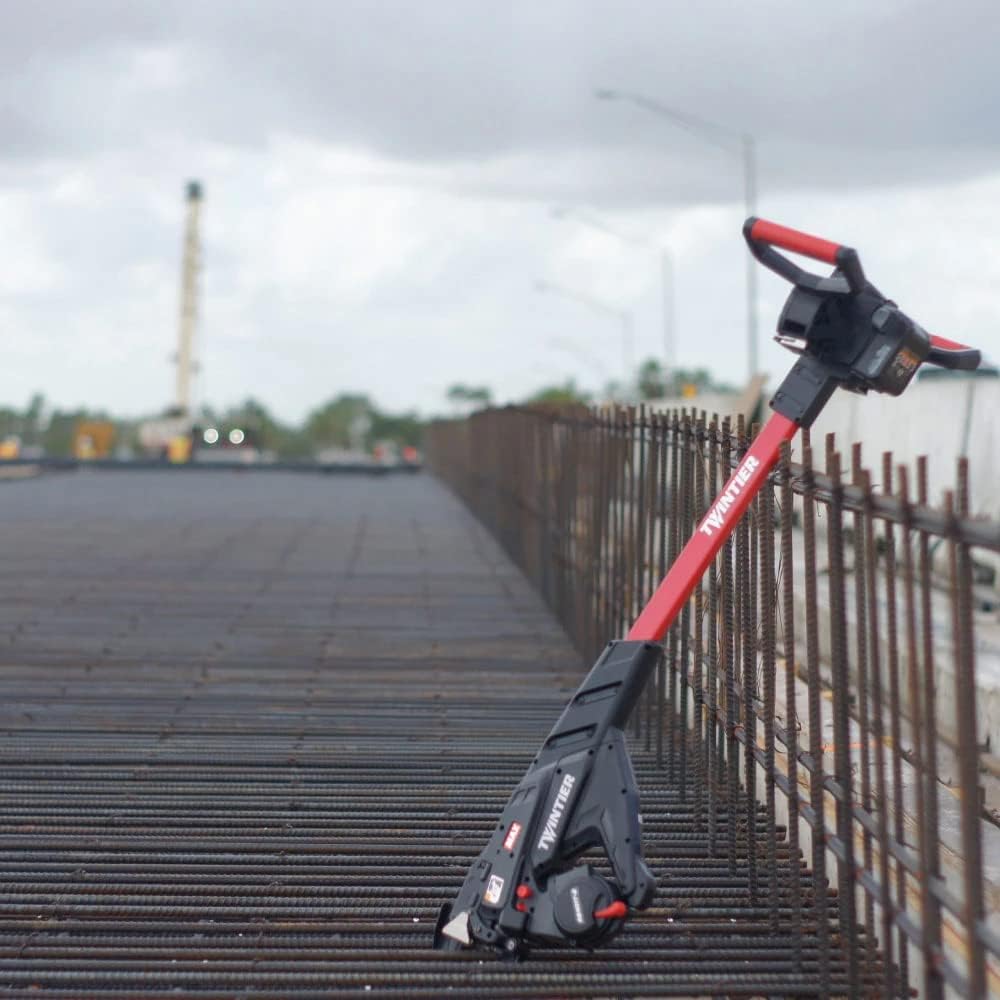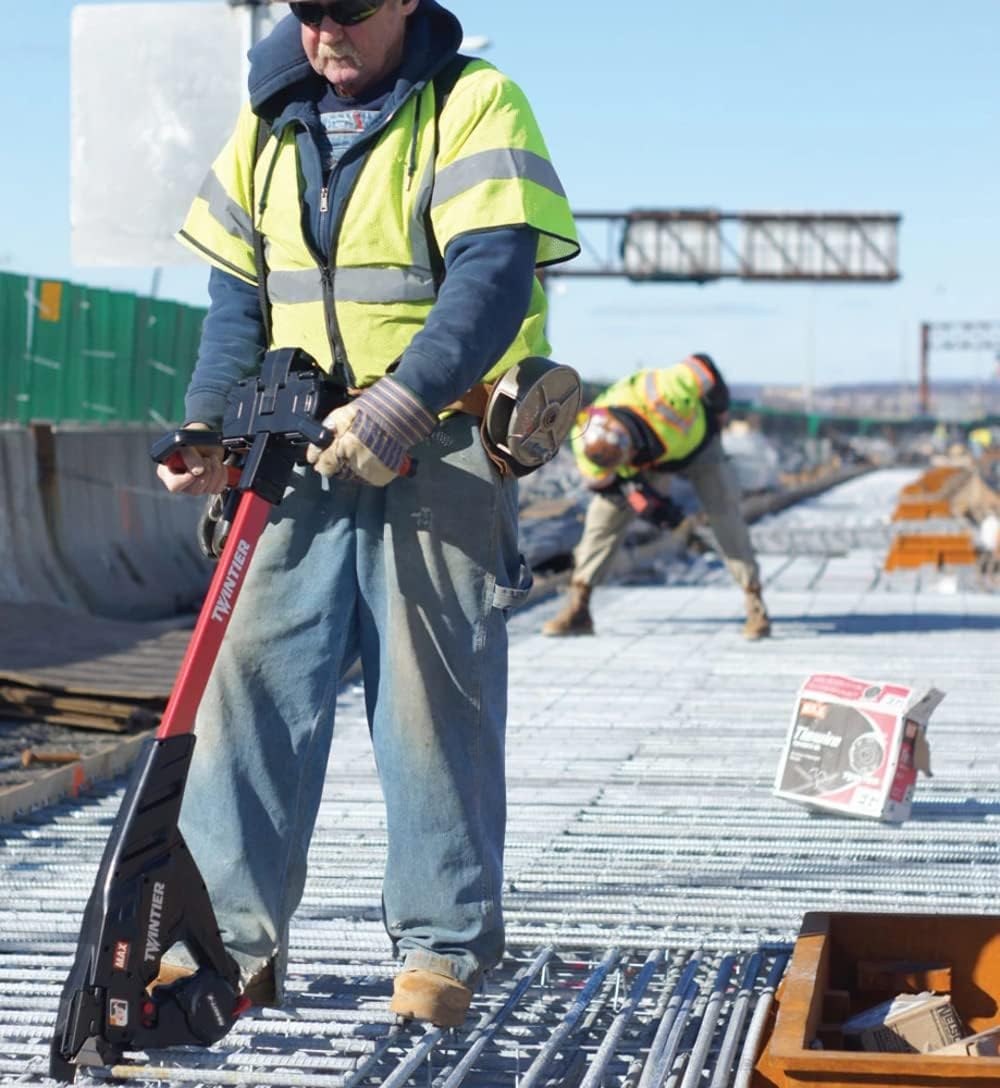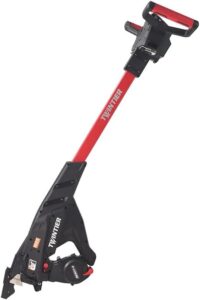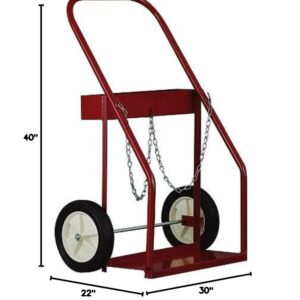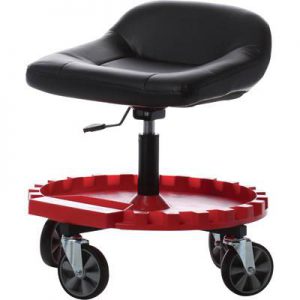Description
Concrete and construction work often requires rebar to be placed while pouring concrete. Connecting the rebar is done by placing rebar wire at points on the rebar. This is done by twisting the wire using a pair of pliers, then cutting the wire. This is often done while the worker is kneeling or stooping over.
A Stand Up Rebar Tier will complete this task while standing up. A worker can walk along and tie each joint without having to stoop over once, allowing a worker with back injuries to tie the rebar.
s, Workers with common conditions such as these would benefit from a Stand Up Rebar Tier: Aging, Back Injury, Carpal Tunnel Syndrome/Repetitive Motion Injury, Diabetes/Diabetic Neuropathy, Hand Injury, Hip Pain, Knee Pain, Leg Amputation, Lower Extremity Impairments, Multiple Sclerosis (MS), Muscular Dystrophy, Replaced Joints (Arthroplasty), Rheumatoid Arthritis (hands, wrists, knees & feet), Degenerative Joint Disease.

